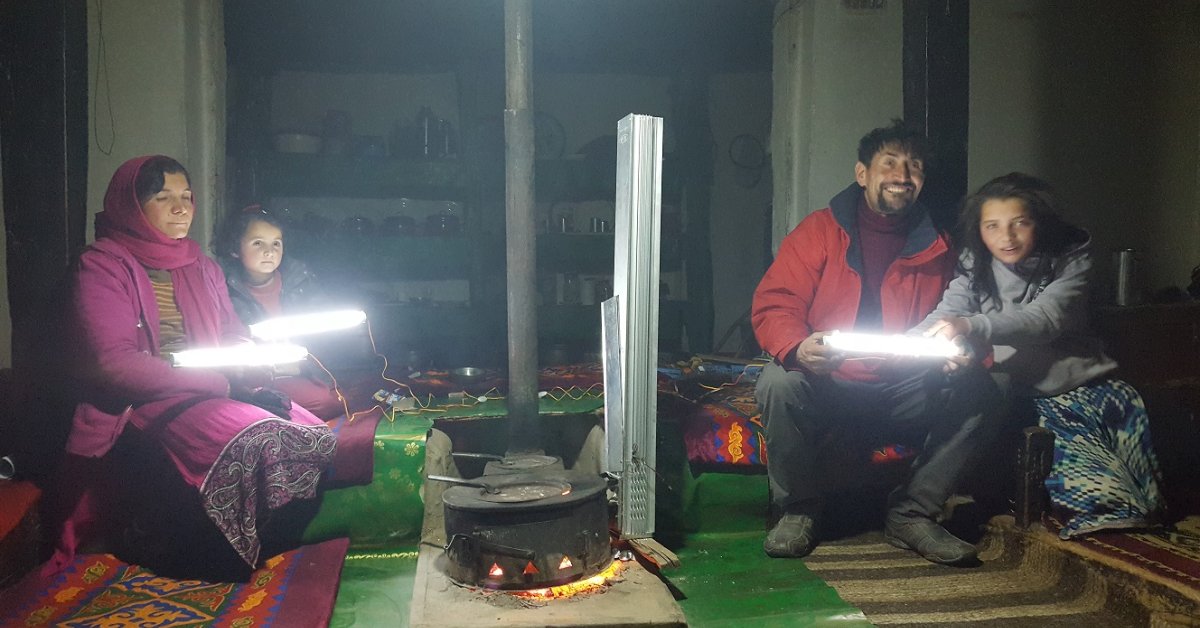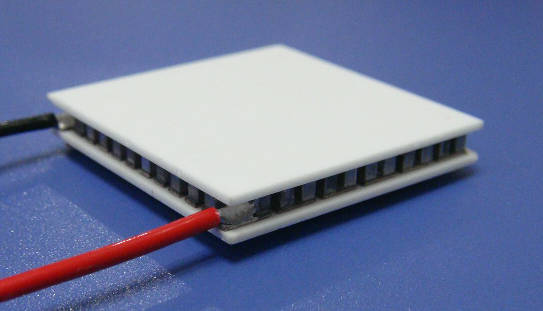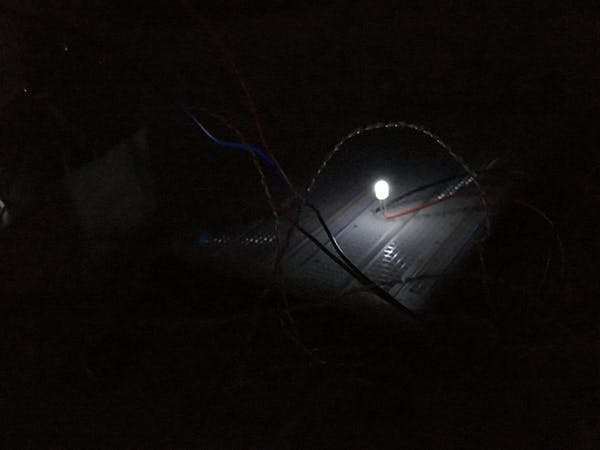Indians In Remote Areas Can Produce Electricity Using This 200 YO Tech
Dhir Acharya - Oct 23, 2019

We have seen improvements in technologies used for storing excess solar energy during dark hours, but we can now make electricity even when it’s dark.
- This Solar-Powered Kiosk Has A Television To Entertain Customers
- IIT Mandi Researchers Develop Road That Can Generate Electricity By Walking
- Our Future Smartphones Can Be Charged With Electricity Produced Out Of Thin Air
There are still over 1.7 billion people around the world that lack a reliable connection to electricity. And solar power is a potential alternative for many of them, at least when the sun is present.
We have seen improvements in technologies used for storing excess solar energy during dark hours, but we can now make electricity even when it’s dark. That’s exactly what researchers at UCLA and Stanford have done, which could help meet the energy needs in the future.
In fact, the principle behind this technology dates backs to nearly two centuries ago. A thermoelectric generator is a device that uses the differences in temperatures of two plates of metal to produce electricity through the Seebeck effect. The greater the difference is, the more power we can make.
This technology is currently serving in the conversion of waste heat from car engines, industrial machinery, and the likes. Now, the researchers use this technique to take advantage of the temperature variation between a surface facing the sky and the outside air.
The device includes two plates, one of which sits on top of the other. The plate on top faces the night’s cold air while the other one faces the ground for warmer air. Normally, heat radiates to cooler environments, and heat is radiated faster in cooler environments. Since the air in the night is cooler compared with the enclosed air that surrounds the bottom plate and the plate on top loses heat at a faster pace than the bottom one. As a result, there is a difference in the temperature between the plates, which is from 4 to 5 degrees C in this particular study.

The different temperatures cause the heat to travel from the hotter plate on the bottom to the cooler one on top. This flow is harnessed by the device to create electricity.
However, the power generation is limited at such a small difference. The device used in this research generated only 25 mW/m2, just enough for a small-sized LED reading light. To compare, a solar panel featuring the same size could power three 32-inch LED TVs, which is 4,000 times as much power.
Greater potential
This device would work better in a dryer climate. The reason is that in a wetter climate, the moisture in the air will condense on the bottom plate, which cools it and hence decrease the difference in temperatures between the two plates. For instance, In the Mediterranean, this device can generate 20 times more electricity than in the US.
Moreover, the device can be redefined. For instance, producers can make use of a coating to allow the surface of the device to reach a lower temperature than its surround environment in the daylight to make it even cooler during the night. Additionally, they can replace flat plates with corrugated ones, which have greate efficiency in capturing as well as emitting radiation. These, along with other viable technology advances, can increase the resulting power by up to 10 times.

As everyday techs are getting more and more efficient, thermoelectric devices can have a vital role in providing energy for society before long. Currently, scientists are also working on technology for the Internet of Things, which connects devices in your house to the internet as well as to each other, at just 1.5 MW/m2. This level is certainly feasible for the device in dry climates.
The technology connects the thermoelectric generators that are mounted on a home's walls, meaning it can lighten the house's energy load. In addition, the technology can be mass-produced and sold at a price low enough to provide a potential source of energy in locations where the connection with mains electricity is too expensive or not practical.
Obviously, thermoelectric devices won't likely replace battery storage during the night. Today, batteries are 75 percent cheaper than they were ten years ago while solar systems that have battery storage are now a budget way to meet the needs for industrial and domestic energy.
However, this technology can come handy as an important backup for energy sources when panels break or batteries fail.
Featured Stories

Features - Jul 01, 2025
What Are The Fastest Passenger Vehicles Ever Created?

Features - Jun 25, 2025
Japan Hydrogen Breakthrough: Scientists Crack the Clean Energy Code with...

ICT News - Jun 25, 2025
AI Intimidation Tactics: CEOs Turn Flawed Technology Into Employee Fear Machine

Review - Jun 25, 2025
Windows 11 Problems: Is Microsoft's "Best" OS Actually Getting Worse?

Features - Jun 22, 2025
Telegram Founder Pavel Durov Plans to Split $14 Billion Fortune Among 106 Children

ICT News - Jun 22, 2025
Neuralink Telepathy Chip Enables Quadriplegic Rob Greiner to Control Games with...

Features - Jun 21, 2025
This Over $100 Bottle Has Nothing But Fresh Air Inside

Features - Jun 18, 2025
Best Mobile VPN Apps for Gaming 2025: Complete Guide

Features - Jun 18, 2025
A Math Formula Tells Us How Long Everything Will Live

Features - Jun 16, 2025
Comments
Sort by Newest | Popular